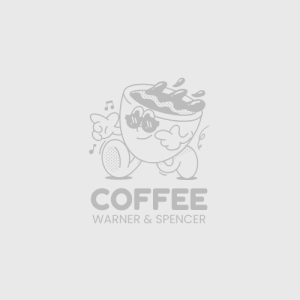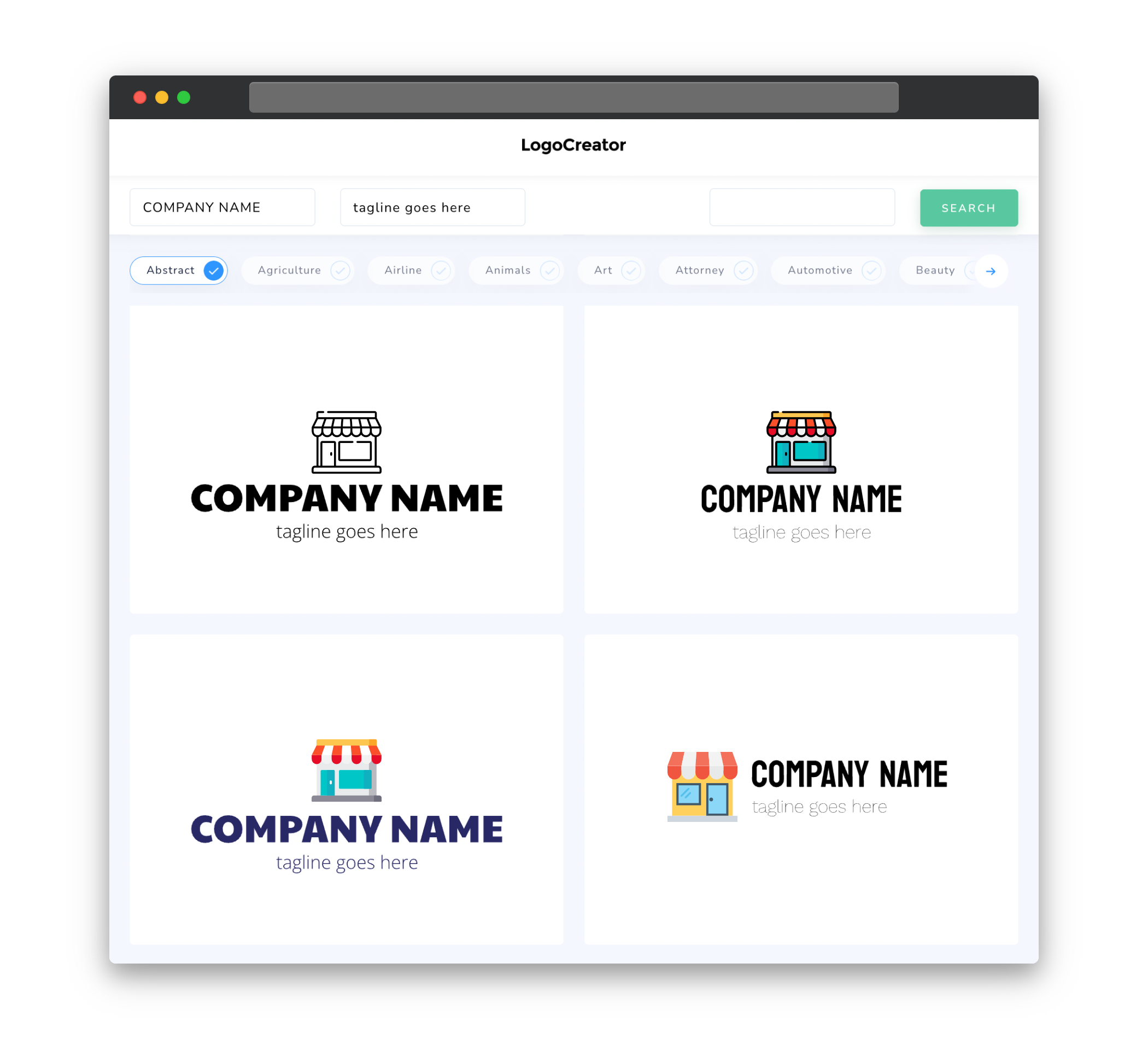Audience
When creating a Food Store logo, it is essential to keep your target audience in mind. Your logo should resonate with potential customers and convey the overall vibe and values of your food store. Consider the type of food you offer and the style of your store, whether it’s a casual deli, a gourmet market, or a trendy cafe. Understanding your audience’s preferences, such as their demographic, cultural background, and lifestyle, will help you design a logo that speaks to them directly. By carefully considering your target audience, you can create a logo that will attract and engage customers, making a lasting impression and helping your food store stand out from the competition.
Icons
Choosing the right icons for your Food Store logo is crucial for visually representing your brand. It’s important to select icons that are relevant to the food industry and reflective of the type of food you offer. For example, if your food store specializes in fresh produce, incorporating a simple yet recognizable fruit or vegetable icon can instantly convey the nature of your business. Similarly, if you focus on baked goods, a small icon representing a rolling pin or a loaf of bread can add a touch of charm to your logo. Remember to keep the icons clean, simple, and easily recognizable, ensuring that they can be easily scaled without losing clarity.
Color
Color plays a significant role in evoking emotions and representing your food store’s brand identity. When choosing colors for your Food Store logo, consider the mood and ambiance you want to convey to potential customers. Warm colors like orange and red can energize and create a sense of excitement, making them suitable for fast-food establishments. In contrast, greens and blues can evoke feelings of freshness, trust, and health, which are often associated with organic or specialized food markets. Think about the emotions you want to elicit in your audience and select colors that align with your brand’s values and message. Remember to limit your color palette to two or three colors to maintain a cohesive and visually pleasant logo.
Fonts
The choice of fonts in your Food Store logo is essential for conveying the personality and style of your brand. Just as you consider the type of food your store offers, it’s crucial to select a font that complements that theme. For instance, if you have a quirky and playful food store, consider using a handwritten font to exude a sense of uniqueness and informality. On the other hand, if your food store focuses on elegance and sophistication, consider using a more refined and serif font. The key is to find a font that is legible at various sizes and effectively communicates your brand’s essence. Experiment with different font options until you find the perfect match that resonates with your food store’s unique personality.
Layout
The layout of your Food Store logo should be thoughtfully planned to create a visually appealing and balanced design. Consider the shape and size of your logo, as well as the arrangement of elements within it. A well-balanced logo ensures that no single element overpowers the others and that the overall composition is visually pleasing. You can experiment with different layouts, such as symmetrical, asymmetrical, or even nested elements, to find the best fit for your brand. Keep in mind that simplicity is often key, allowing your logo to be easily recognizable, scalable, and versatile across different platforms and marketing materials. By paying attention to the layout, you can create a logo that effectively captures the essence of your food store while remaining visually impactful.
Usage
Your Food Store logo will be used in various ways, so it’s crucial to design it with versatility in mind. Whether it’s for signage, packaging, menus, or online platforms, your logo should maintain its clarity and legibility across different mediums. Ensure that your logo is scalable and that it looks great whether it’s displayed prominently or used in smaller sizes, such as on social media profile pictures. Additionally, consider designing different versions of your logo to accommodate different backgrounds and color requirements. Having both horizontal and vertical variations, as well as color and monochromatic versions, will give you flexibility and ensure that your logo appears consistent and professional across all marketing channels.



